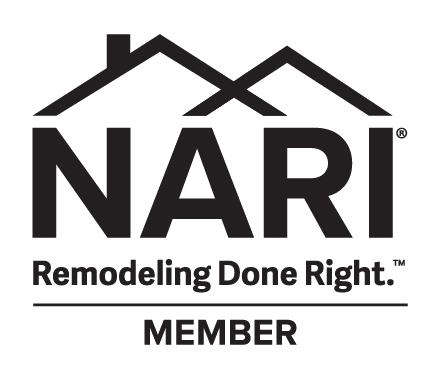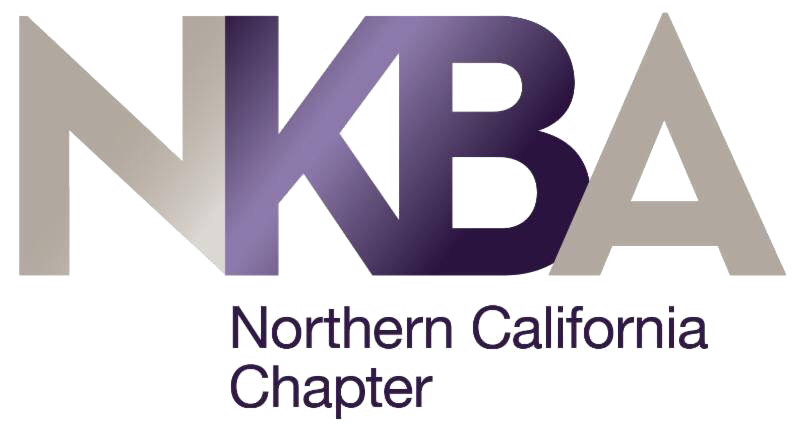The Bay Area News Group Names Harrell Design + Build a Winner of the Bay Area Top Workplaces 2019 Award
PALO ALTO, CA Harrell Design + Build has been awarded a Top Workplaces 2019 honor by The Bay Area News Group. The list is based solely on Employee-owner feedback gathered through a third-party survey administered by research partner Energage, LLC, a leading provider of technology-based employee engagement tools. The anonymous survey measures several aspects of workplace culture, including alignment, execution, and connection, just to name a few.
“Top Workplaces is more than just recognition,” said Doug Claffey, CEO of Energage. “Our research shows organizations that earn the award attract better talent, experience lower turnover, and are better equipped to deliver bottom-line results. Their leaders prioritize and carefully craft a healthy workplace culture that supports employee engagement.”
“Harrell Design + Build is thrilled to be named #13 in the Bay Area News Group Top Workplaces!” says Lisa Sten, General Manager. “Harrell Design + Build is “home” to 40 employee-owners, due in part to our team’s alignment in providing exceptional client service throughout the arc of the home remodeling Design + Build experience, and because we focus culturally on shared values and behaviors. Clients and employee-owners are drawn to Harrell Design + Build as we have high levels of engagement in The Harrell Process and with each other in creating an unparalleled home remodeling experience.”
“At Harrell we expect results, yet not at a cost to our functional teams, collaboration and culture.” Sten said.”We encourage innovation, creativity, and agility, and ‘fun at work’ is one of our 10 core values!”
“Becoming a Top Workplace isn’t something organizations can buy,” Claffey said. “It’s an achievement organizations have worked for and a distinction that gives them a competitive advantage. It’s a big deal.”
“We are proud of our 100% Employee Owned company and our ownership culture. Employees, clients, vendors and trade partners often tell us that we are an unusually team-oriented and fun Design + Build remodeling firm, but being included on the Bay Area Top Workplaces list is a wonderful confirmation of that fact,” states Ciro Giammona, CEO.
About Harrell Design + Build: Designing beautiful and highly functional homes that reflect the style of the people who live in them is the work that has inspired Harrell Design + Build and their team of employee owners since 1985.
In 1985, Harrell Design + Build was founded by Iris Harrell and began with a single employee. Today, we employ thirty-seven employee owners, including designers and accomplished craftspeople. We are an award wining, full-service Design + Build firm specializing in high-end residential interiors and exteriors throughout Silicon Valley, from Los Gatos to Hillsborough. Harrell Design + Build’s projects range from stunning whole house, kitchen and bathroom remodels, universal design, home theaters and wine cellars, outdoor living and kitchens, to smaller projects focusing on a few impactful elements of design change.
Harrell Design + Build is a company that is known for our client focused design with both individuals and families who are interested in a quality renovation managed by a collaborative and receptive team of professionals.
With designers holding numerous certifications from the National Kitchen and Bathrooms Association (NKBA) and/or members of the prestigious American Society for Interior Design (ASID), Harrell Design + Build has showcased prominent, high-end interior and exterior design projects throughout the San Francisco Bay Area.
We have received over fifty design awards through the National Association of Remodeling Industry’s META design contest, in a number of categories, including residential kitchen, bath, universal design, whole house remodel, and exterior landscaping. We have also won multiple Contractor of the Year, National Kitchen and Bath Association awards, and Chrysalis design awards. We’re blushing a bit here, but are also proud of our press attention, frequently appearing in publications such as the California Home and Design, GENTRY, Silicon Valley Business Journal, Palo Alto Weekly, San Jose Mercury News and Qualified Remodeler.



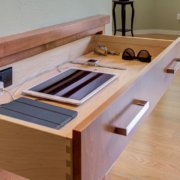
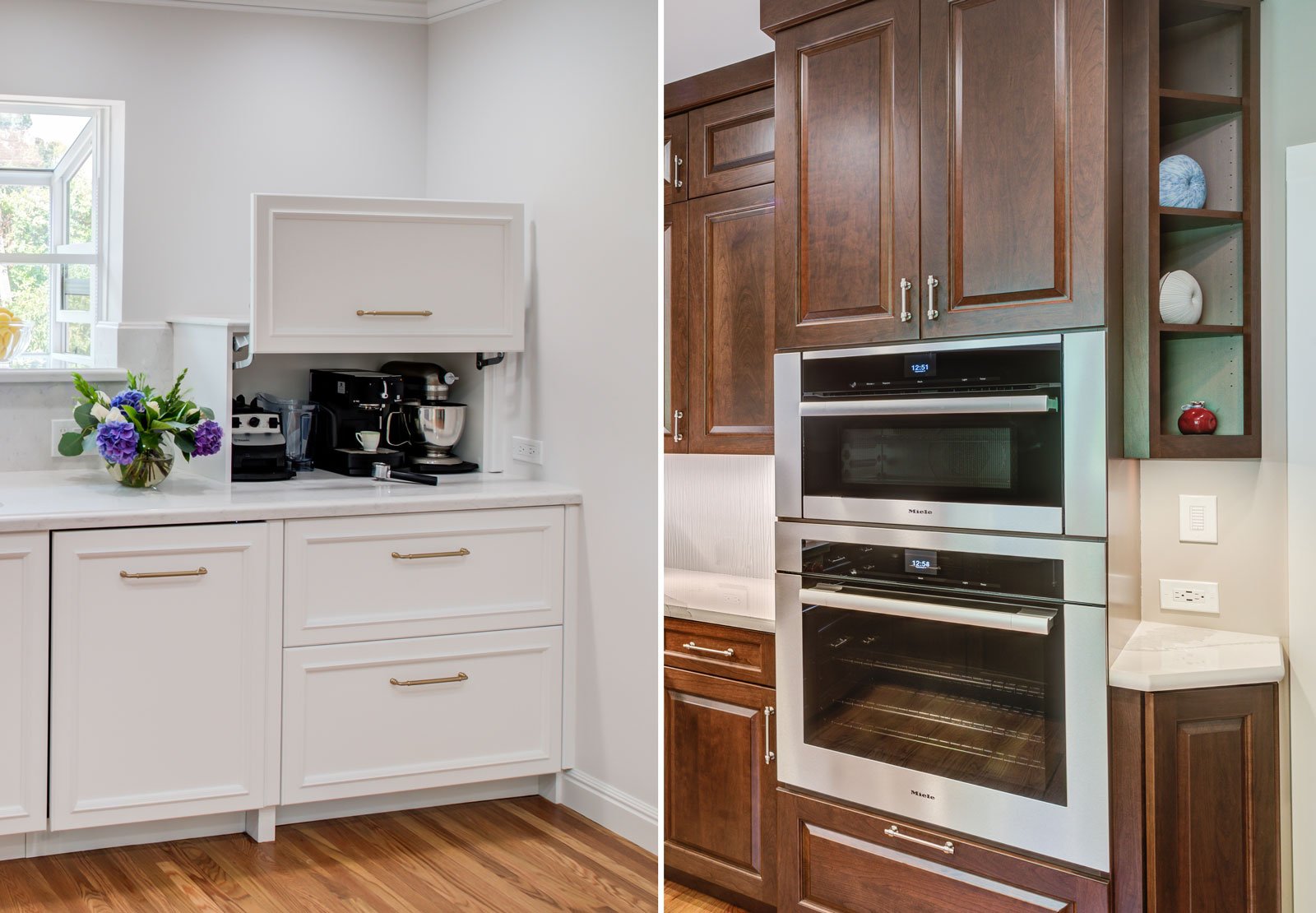


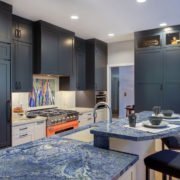
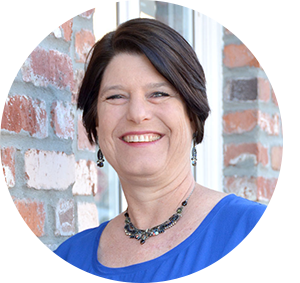 Gloria Carlson, Harrell senior designer, earned two degrees from Stanford University before beginning her career in Speech Technology. When she remodeled her home in 2001, she realized that design was her passion and true calling. She went to work for her contractor and returned to school to study Interior Design at Cañada College, where she specialized in Kitchen and Bath Design and Green/Sustainable Design. Gloria quickly realized that the kitchen was her favorite room to design, and decided to focus her years of training on this specialty, including multiple examinations from the National Kitchen and Bath Association, and earned the title of Certified Kitchen Designer (CKD). Before joining Harrell Design + Build, Gloria worked as a Designer in a Kitchen and Bath showroom, and now she enjoys designing projects of all sizes, from a small bathroom update to whole house interior and exterior remodels and additions.
Gloria Carlson, Harrell senior designer, earned two degrees from Stanford University before beginning her career in Speech Technology. When she remodeled her home in 2001, she realized that design was her passion and true calling. She went to work for her contractor and returned to school to study Interior Design at Cañada College, where she specialized in Kitchen and Bath Design and Green/Sustainable Design. Gloria quickly realized that the kitchen was her favorite room to design, and decided to focus her years of training on this specialty, including multiple examinations from the National Kitchen and Bath Association, and earned the title of Certified Kitchen Designer (CKD). Before joining Harrell Design + Build, Gloria worked as a Designer in a Kitchen and Bath showroom, and now she enjoys designing projects of all sizes, from a small bathroom update to whole house interior and exterior remodels and additions.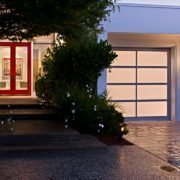
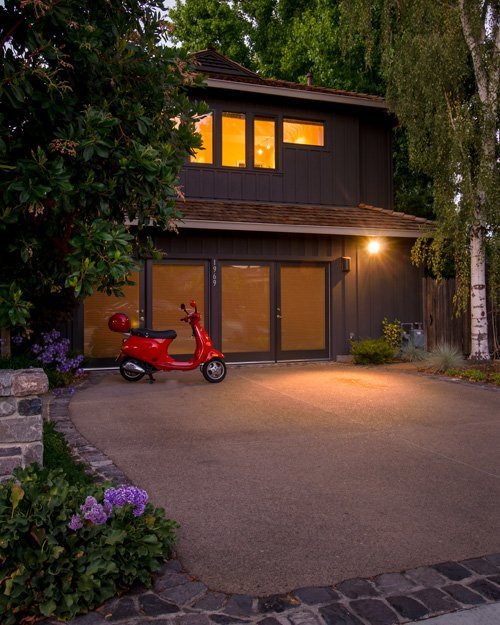
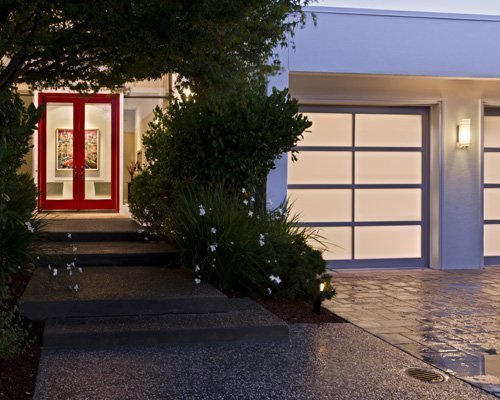

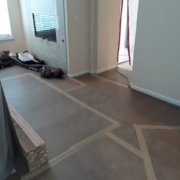

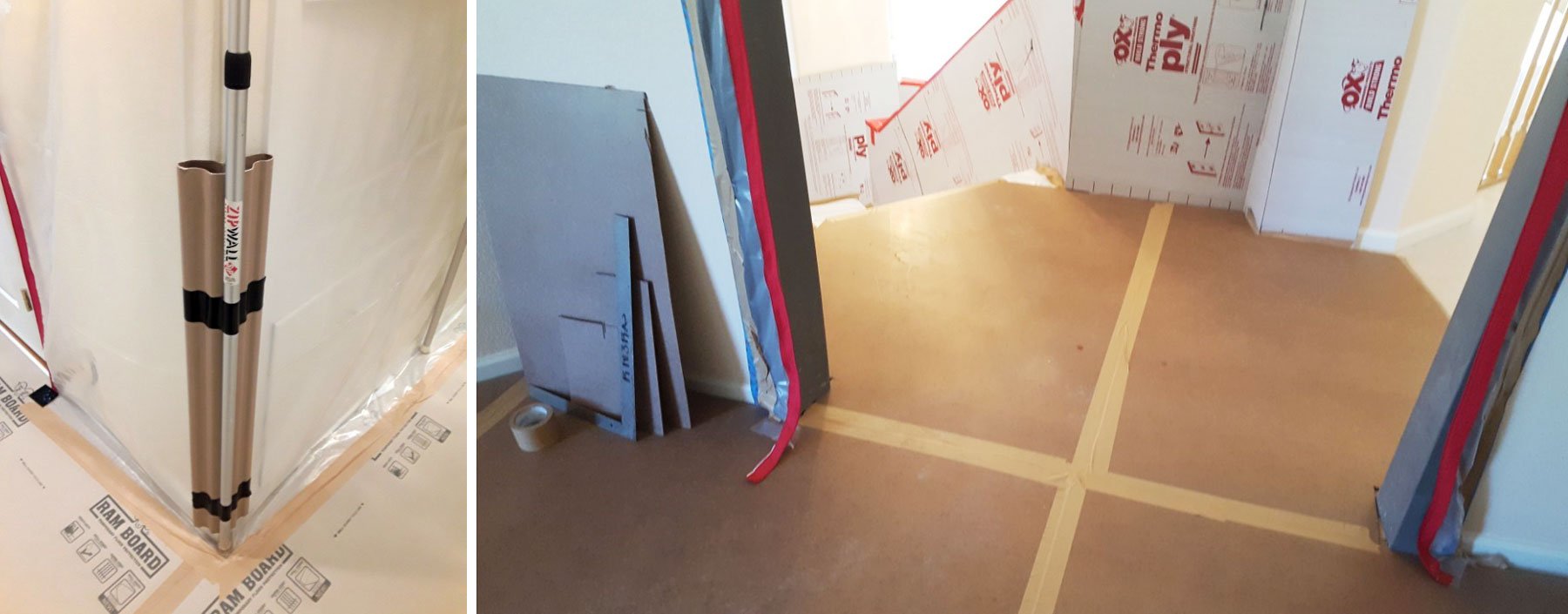
 Mario Rivera began working in the construction trade in 2002, beginning with basic framing. Fascinated by tools and building from a very young age, Mario was hired in 2014 as a carpenter for Harrell Design + Build, working his way to site manager thanks to his diligence, passion, and attention to detail. He firmly believes that the manner in which Harrell Design + Build treats their clients’ homes is just one way in which the company rises above the rest.
Mario Rivera began working in the construction trade in 2002, beginning with basic framing. Fascinated by tools and building from a very young age, Mario was hired in 2014 as a carpenter for Harrell Design + Build, working his way to site manager thanks to his diligence, passion, and attention to detail. He firmly believes that the manner in which Harrell Design + Build treats their clients’ homes is just one way in which the company rises above the rest.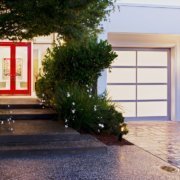
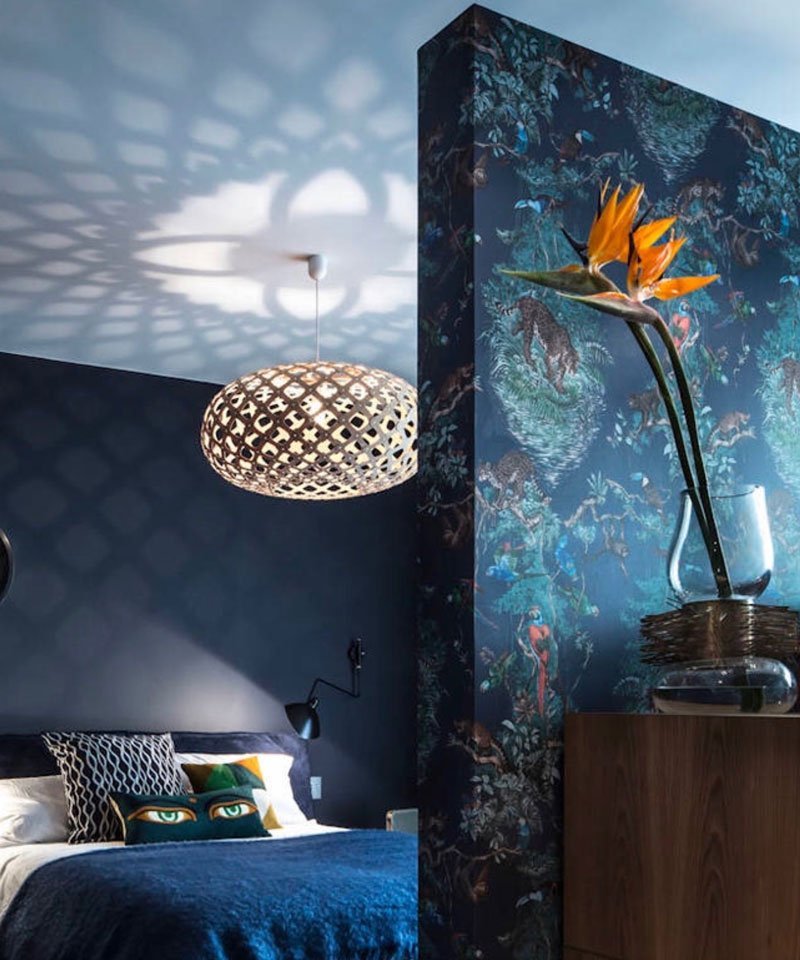 Color infuses a space with character. There are numerous ways in which homeowners can introduce color throughout their residences. For some, there is no such thing as too much color while others shy away from adventurous hues.
Color infuses a space with character. There are numerous ways in which homeowners can introduce color throughout their residences. For some, there is no such thing as too much color while others shy away from adventurous hues.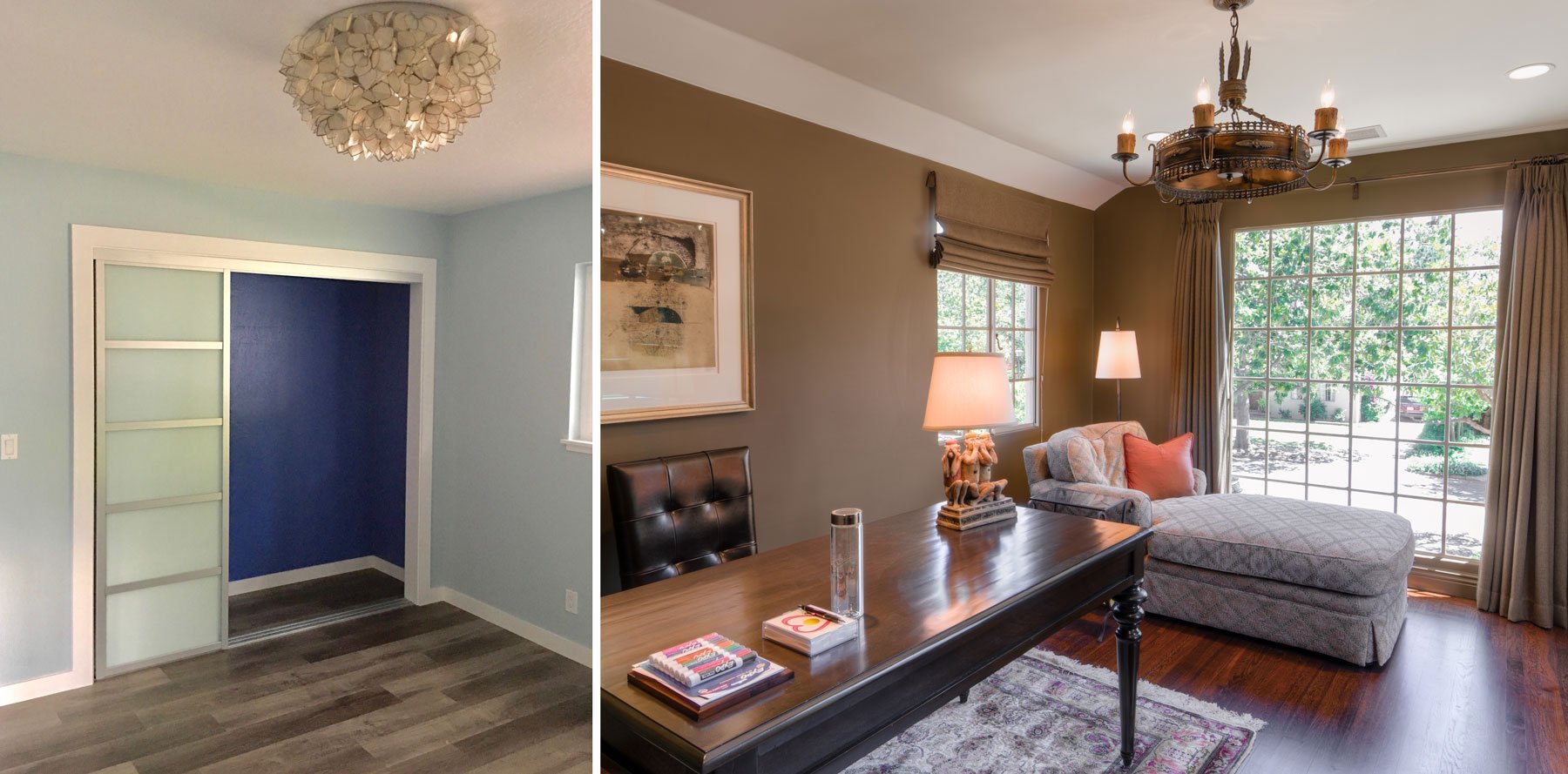

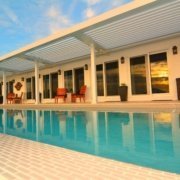
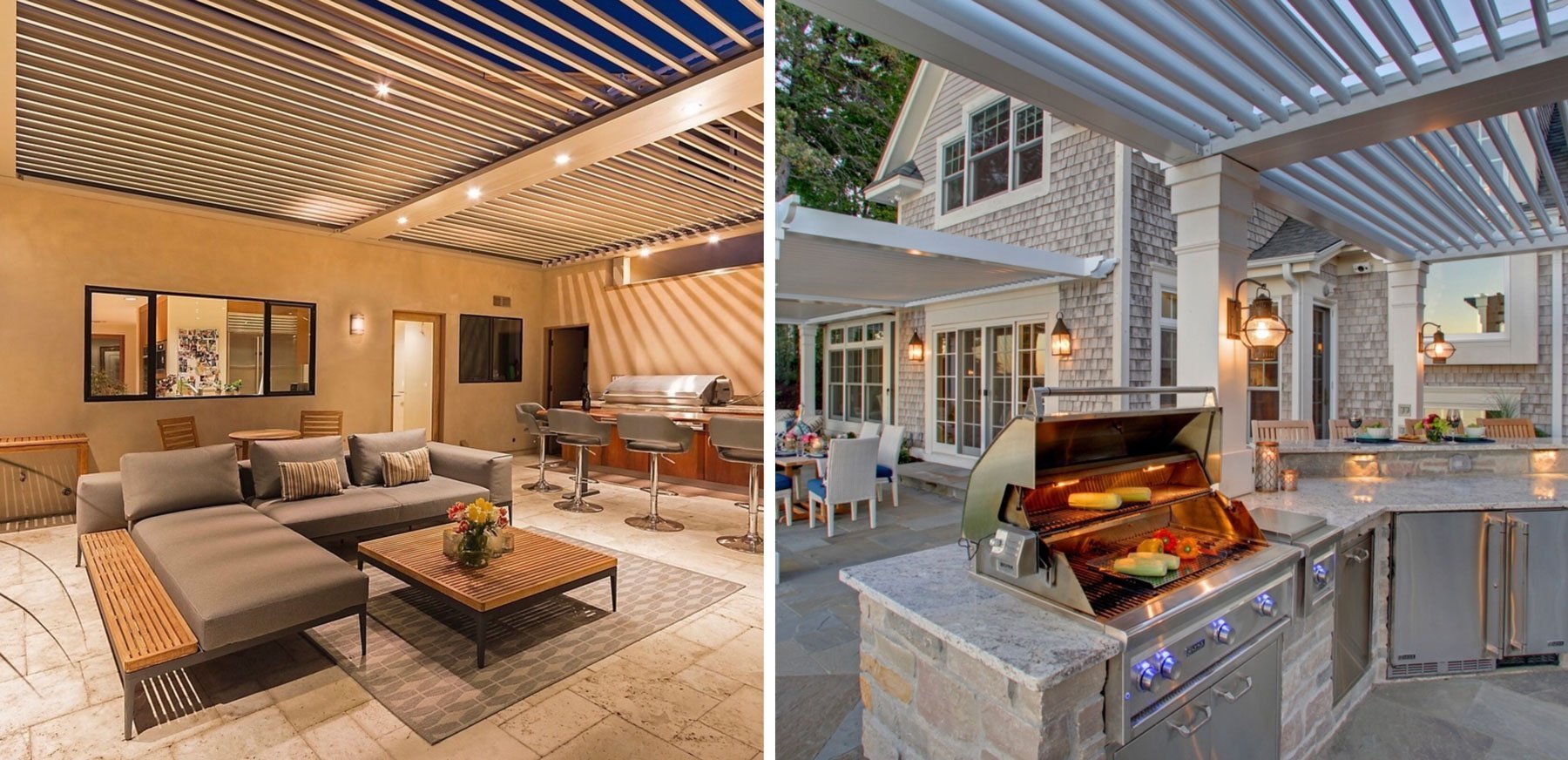
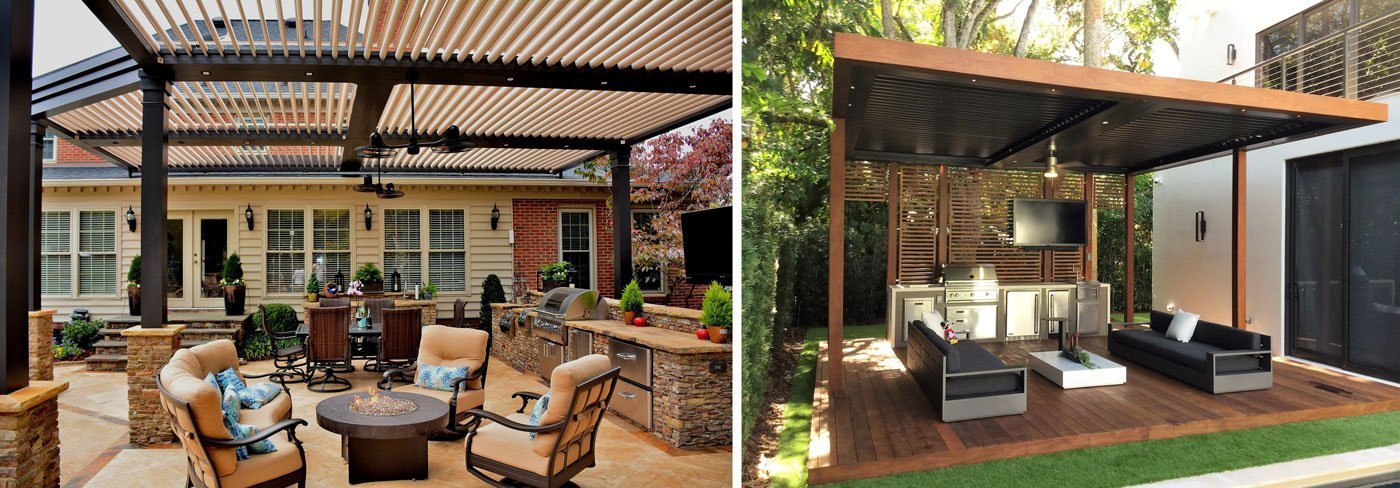
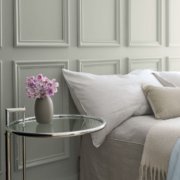
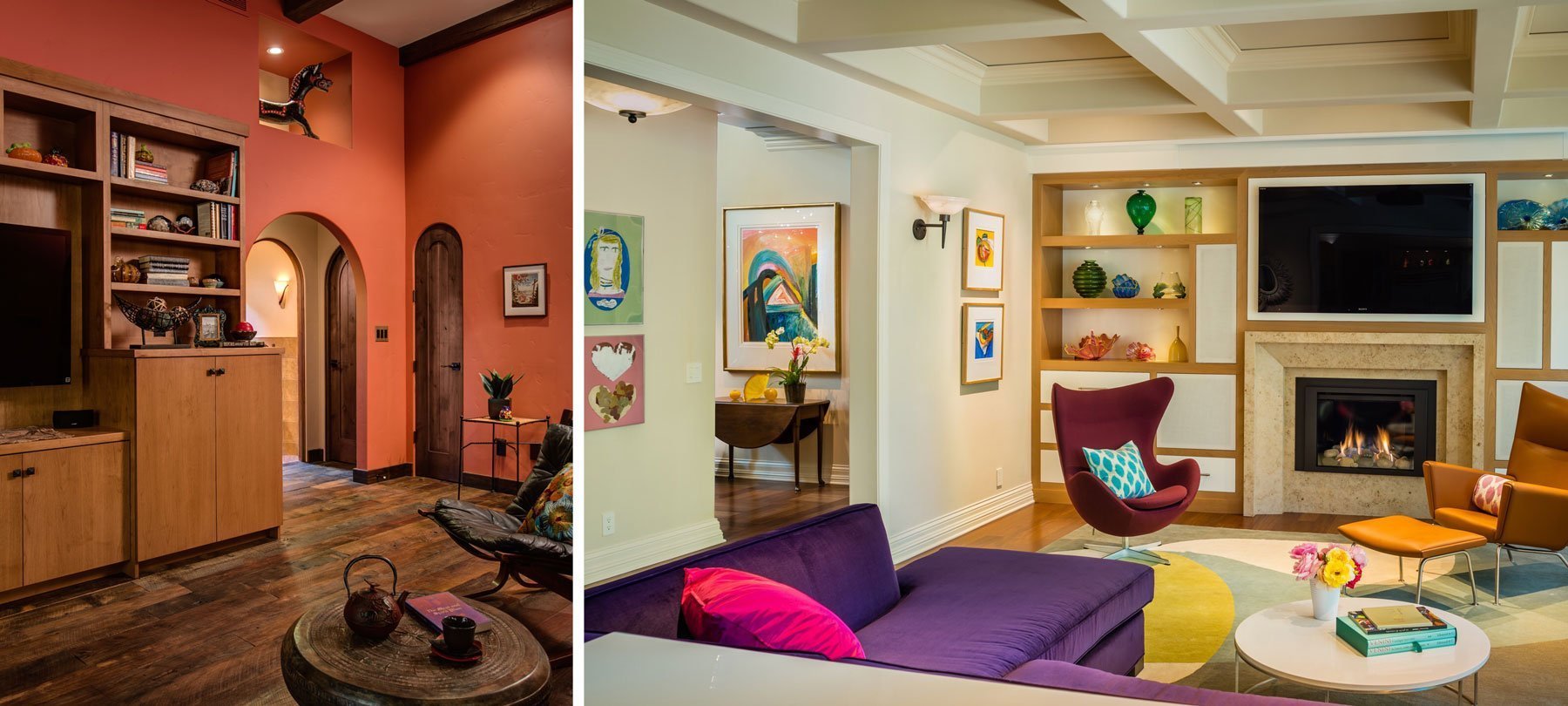
 Clothing is the catalyst for residential color trends, working its way from fashion into our living spaces. For the past few years, gray has been a forerunner in the neutral color space, replacing browns and beiges that once graced the walls of many a Bay Area home.
Clothing is the catalyst for residential color trends, working its way from fashion into our living spaces. For the past few years, gray has been a forerunner in the neutral color space, replacing browns and beiges that once graced the walls of many a Bay Area home.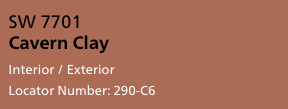 Sherwin Williams has traveled down a different path with their
Sherwin Williams has traveled down a different path with their 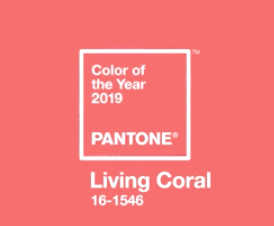 Pantone recently announced that their
Pantone recently announced that their 
